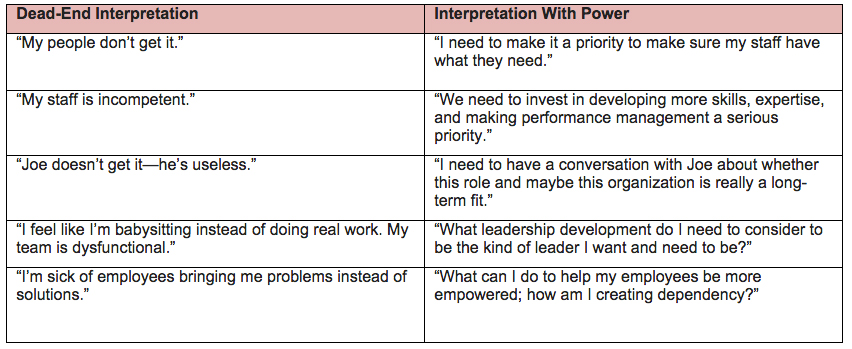
Luis Molinero/Shutterstock.com
Are You Sick of Employees Bringing You Problems?
Maybe you need to learn the language of effective leaders.
“My people don’t get it.”
“My staff just isn’t motivated.”
“I’m sick of my employees bringing me problems instead of solutions.”
How many of us have heard people we work for or with say these kinds of things? Probably all of us have heard at least one of the statements at some point or another (and some of us have likely even said them ourselves). With this kind of language being common in the workplace, it’s worth asking how it affects the organization. I’d be willing to bet that people who work for leaders who use these types of phrases don’t have the best morale.
Building a high-performing and engaged organization is elusive in today’s workforce, particularly in the federal government, which has experienced a steady decrease in morale for the past several years. Language alone does not necessarily make or break morale, but it is the first step in creating a high-performing culture.
Take a look at the table we developed to help leaders shape their language. What do you notice about the differences between the left and right columns?

The first thing I see is that the dead-end interpretation is shorter. As a leader, it can be easier to assign blame and take yourself out of the equation, but blaming others won’t help you, or your team, achieve your goals. Beyond being longer, the interpretations with power (right column) give you just that—the power or ability to make progress. A leader who uses these interpretations has options and is willing take the steps to improve understanding, becoming an effective leader.
In both interpretations, the language ultimately indicates the momentum (or lack thereof) that a particular leader will demonstrate through their actions.
The point is the language we use is more than words. We create our world through language and often determine what results we’ll get. Particularly for leaders, language is so important to building relationships and fostering a high-performing environment. Everyone gets frustrated; gaps in communication and misunderstandings are inevitable. But the next time you find yourself using a dead-end interpretation, pause to consider: How does this help me? Where can I go from this? Does this serve my goal or detract from it?
Gleason Rowe is a consultant at Corner Alliance.
(Image via Luis Molinero/Shutterstock.com)






